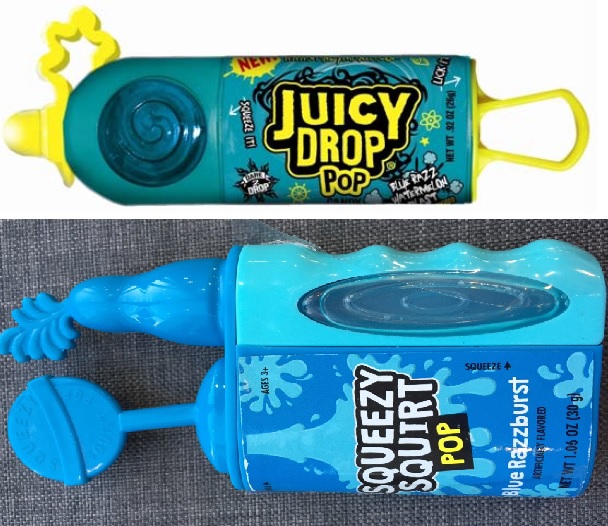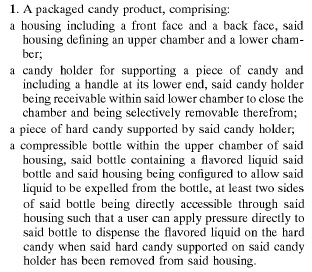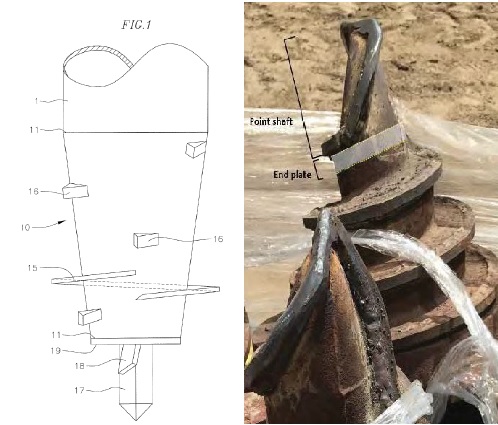In Network-1 Technologies, Inc. v. Hewlett-Packard Co., [2018-2338, 2018-2339, 2018-2395, 2018-2396] (September 24, 2020), the Federal Circuit affirmed-in-part and reversed-in-part the district court’s claim construction and remanded, vacated the district court’s JMOL on validity and remanded, and affirmed the district court’s decision with respect to improper claim broadening.
U.S. Patent No. 6,218,930, titled “Apparatus and Method for Remotely Powering Access Equipment over a 10/100 Switched Ethernet Network,” discloses an apparatus and methods for allowing electronic devices to automatically determine if remote equipment is capable of accepting remote power over Ethernet.
On appeal Network-1 argued that the district court incorrectly construed the claim terms “low level current” and “main power source,” and that this error entitled it to a new trial on infringement. The Federal Circuit agreed that the district court erred in its construction of “main power source,” and as a result of that error, Network-1 was entitled to a new trial on infringement.
On appeal HP argued that the district court erroneously granted JMOL with respect to the ’930 patent’s validity based on its determination that HP was estopped under 35 U.S.C. § 315(e) from presenting obviousness challenges as a consequence of its joinder to the Avaya IPR. The district court reasoned that HP reasonably could have raised” its invalidity arguments during the IPR that HP joined. The district court stated that allowing HP to raise arguments “that it elected not to raise during the IPR would give it a second bite at the apple and allow it to reap the benefits of the IPR with-out the downside of meaningful estoppel.
The Federal Circuit began by point out that under 35 U.S.C. § 315(e) party is only estopped from challenging claims in the final written decision based on grounds that it “raised or reasonably could have raised” during the IPR. However, the Federal Circuit noted, because a joining party cannot bring with it grounds other than those already instituted, that party is not statutorily estopped from raising other invalidity grounds.
In fact, HP initially tried to join the IPR and raise additional grounds, which the PTAB correctly denied, it was HP’s second attempt to join the IPR based only on the grounds already instituted, that was granted.
Thus, since party like HP that joins an IPR cannot raise any additional grounds, it is not estopped as to any ground not actually raised in the IPR. The Federal Circuit observed that its not a second bite at the apple, when the first bite was denied. The Federal Circuit remanded the case rather than simply reversing because there was an outstanding request for a new trial.
On appeal HP argued that by adding two dependent claims during reissue, the Network-1 improperly broadened the original claim from which they depend. The Federal Circuit rejected the idea that adding dependent claims broadens the underlying independent claim, and thus affirmed the district court’s determination that claim 6 was not improperly broadened.



